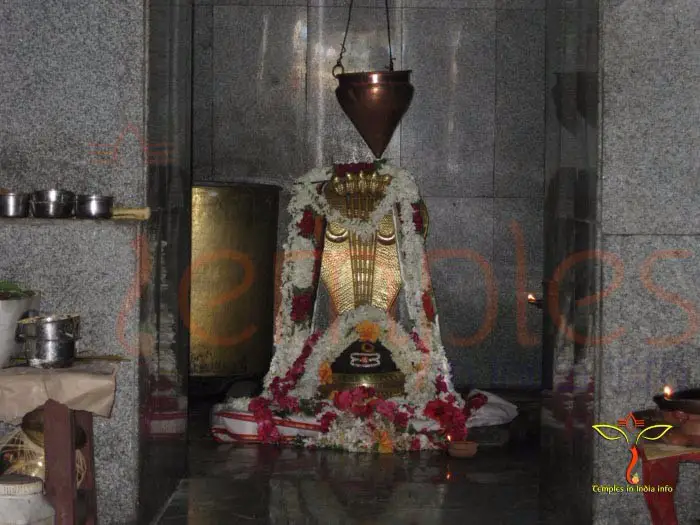The followers of Lord Shiva regard the Shivaratri Festival as a set of prescribed rituals, which they implement with faithfulness and devotion. In the first place, they refuse to eat during the day, spend the whole night praying, and break their fast only the next day morning. Besides that, they also take ritual baths of Shivalinga in the numerous Shiva temples, believing that the ritual of worshipping Lord Shiva on the day of Shivaratri will absolve them of their past sins and give them Moksha’s blessing.
Rituals Observed on a Shivaratri Morning:
Traditionally, the devotees first wake up early in the morning of the Mahashivratri day in order to take a ritual sunrise bath, preferably in the holy waters of Ganga. Then, they pray to God of the Sun, Vishnu and Shiva as part of rite of purification, practiced at all major Hindu festivals. Then, after wearing new clothes, the followers visit the nearest Temple of Shiva, where they bath the Shivalinga.
On the day of Shivalinga, the temples of Shiva are all crowded by devotees – mainly women – who come to perform Pooja, a traditional dance, glorifying Shivalinga and asking him for blessings. Occasionally, the temples are so crowded that the followers have to wait for their turn to perform Pooja. Traditionally, a devotee circumambulates the Shivalinga 3-7 times and then pours some water or milk over it, which is then followed by the bells toll and the collective hail of Shiva.
Ritual Bath of Shivalinga:
After the rituals mentioned in the Shiva Purana, every 3 hours, Shivalina is given a special bath, which is accompanied with puja, meditation and chanting of “Om Nama Shivaya”. The bath custom is followed by vermillion paste which is applied on the linga. Traditionally, leaves of a forest tree marmelos (bilwa, maredu, wood apple) are used for Shiva puja. Afterwards, the leaves of Bilwa, in which, according to the local belief, Goddess Lakshimi lives –– is kept on the top of the Sivalinga. Some devotees also believe that bilwa has a cooling effect. Importantly, each stalk has to be of three leaves. Also, on this day, Ber, or jujube fruit, or, less often, beetle leaves, are regarded as a special offer to God. Besides that, the linga is often decorated with flowers, garlands, sticks and fruits.

Significance of Puja Items:
1) According to the Shiva Purana, there is a special significance of the six essential puja items used in the Shiva worship.
2) Bathing of Shivalinga with water, milk and honey and wood apple or Bel patra leaves added to it, represents purification of the soul.
3) The vermilion paste applied on the linga after the ritual bath represents virtue.
4) Offering of fruits symbolizes longevity and gratification of desires.
5) Burning of incense sticks yields wealth.
6) The lighting of the lamp symbolizes attainment of knowledge.
7) Offering of betel leaves marks satisfaction with worldly pleasures.
All Night Shiva Worship
On the holy day of Maha Shivratri, worshipping of Lord Shiva continues whole day and night. Worshippers stay awake throughout the night and spend their time in chanting Shiva Mantras and Shiva songs. Even most of the devotees stay in the temple whole night as well. Singing of hymns and verses all day and all night continued. Intense chanting of Om Namah Shivay will be done. It is believed that this mantra free people from all of their deeds and sins. Especial worship is done by the priests. During this worship, Lord Shiva is offered with various special foods made up from different kind of vegetables, fruits, and coconut as well. Devotees who kept Sivarathri fast, can break their fast on the next day morning by consuming the Prasad offered by Shiva.
